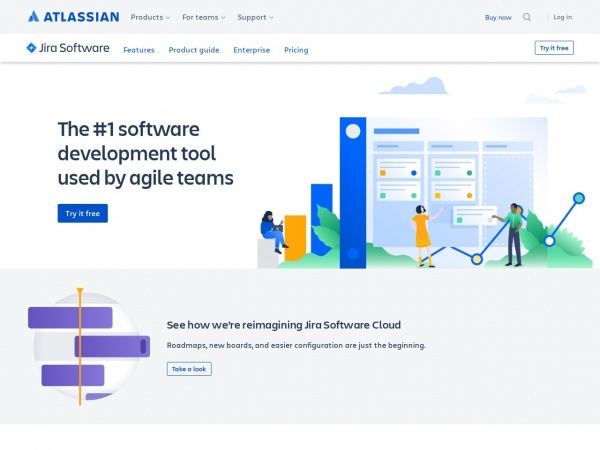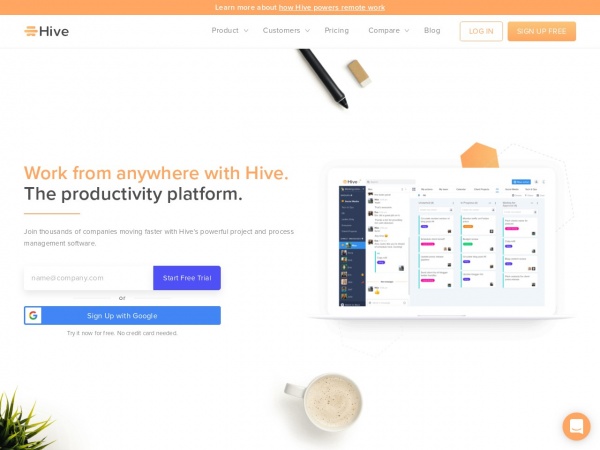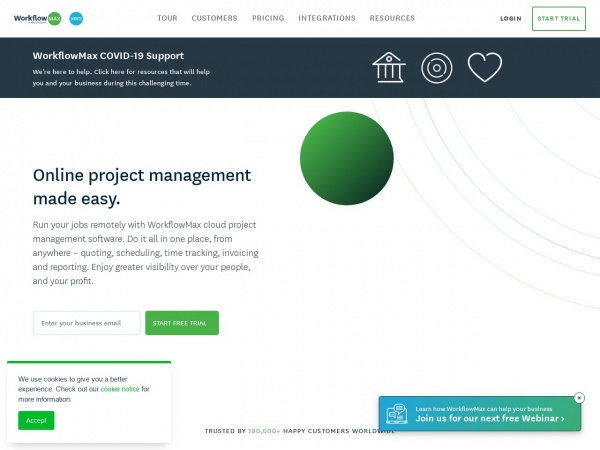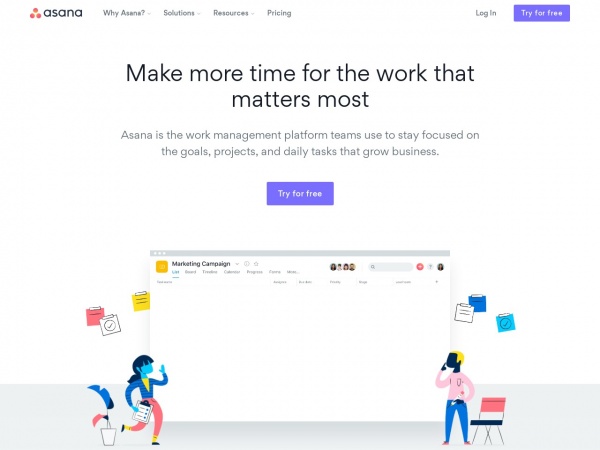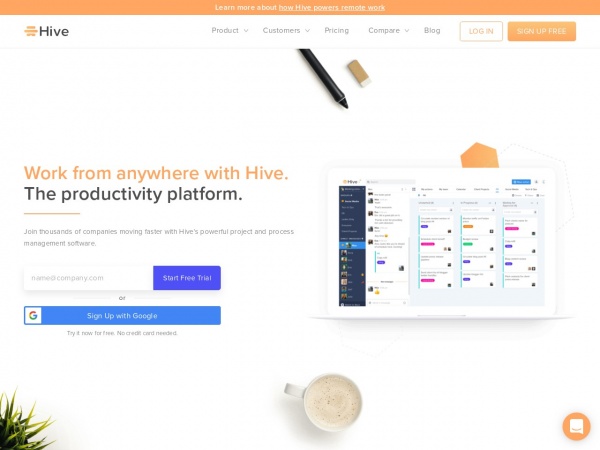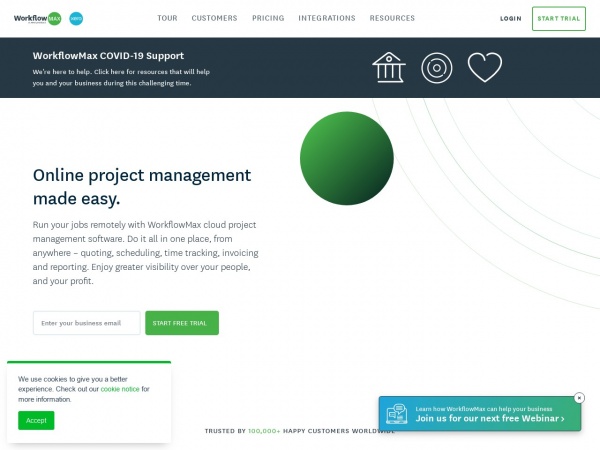Developed in 2002, Jira is one of the leading proprietary issue tracking products that allow bug tracking and agile project management. With over 75,000 satisfied customers spread across 122 countries, big corporates have used Jira to manage their projects and resolve any issues that come along the way. It is capable of creating flawless and interactive project roadmaps to map out the progress of all projects a company may be involved in. Its seamless drag-and-drop user interface allows teams to manage every tiny detail with clarity.
Amongst several of its popular features is its functionality to create stories, plan elaborate sprints, and distribute tasks amongst team members while also monitoring their every move. It is popular amongst project enthusiasts for its flexibility in planning that comes from 15 years of agile evolution. In addition, it is capable of offering its users access to critical insights that are actionable through their data-driven visual reporting. It also allows collaboration between team members to optimize work processes.
Who is it for?
Specifically targeted at software teams that build their products and ship them, Jira makes their job easier by streamlining the application development process from its inception to its ultimate execution. In addition to its technical side, it is also useful for project managers and executives in general since the insights driven from the software are useful for planning and decision making. Moreover, the platform’s own JQL and custom filters allow developers to create queries easily and manipulate data over a short time.
All in all, Jira helps plan, track, release, report and create, or customize tailored workflows that help software developers and other users work on their own terms and according to their plans. It also helps the users through its wide integration capabilities so that users are always working in a familiar environment with tools that they are confident working with.Read More >>>
